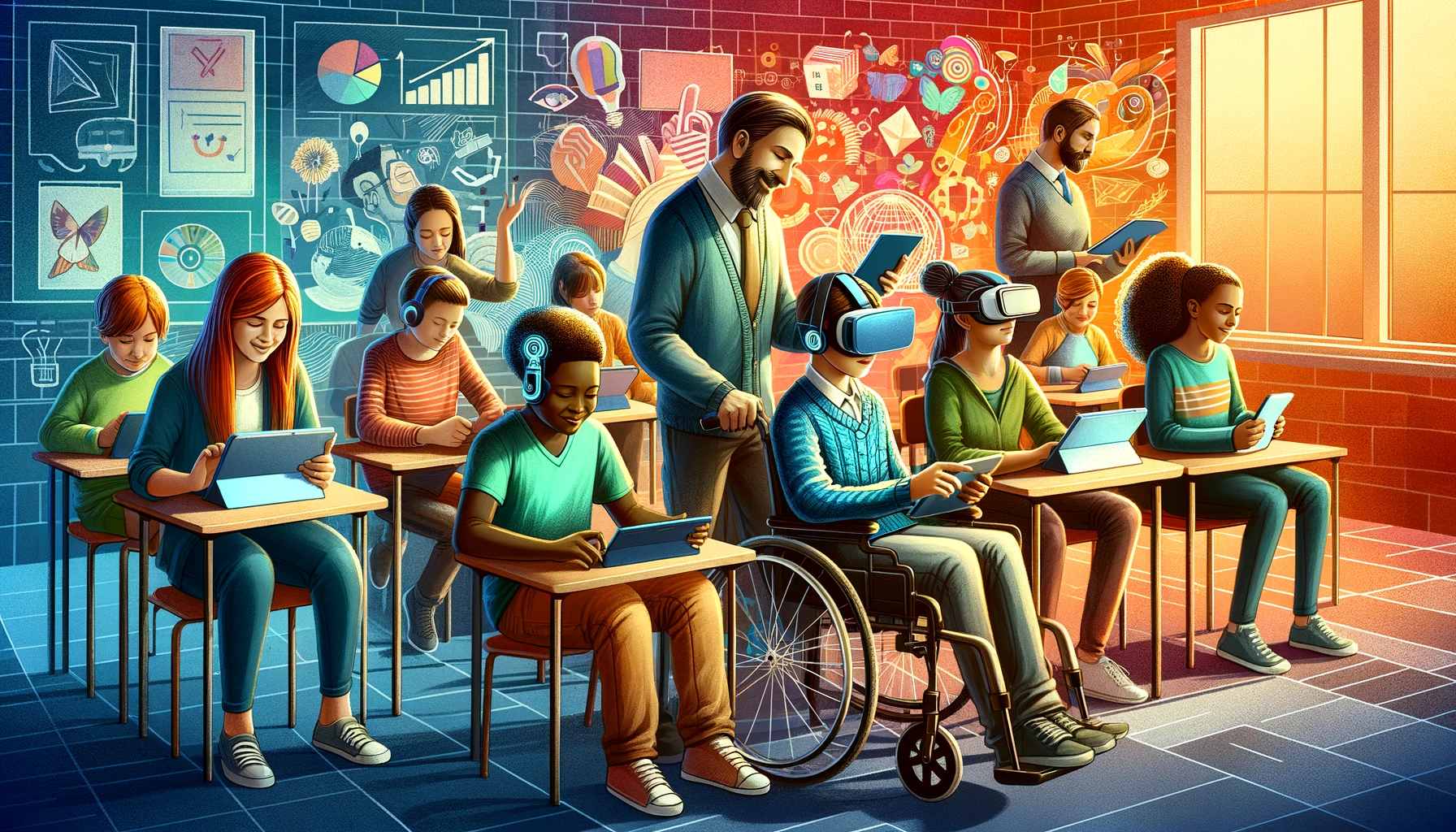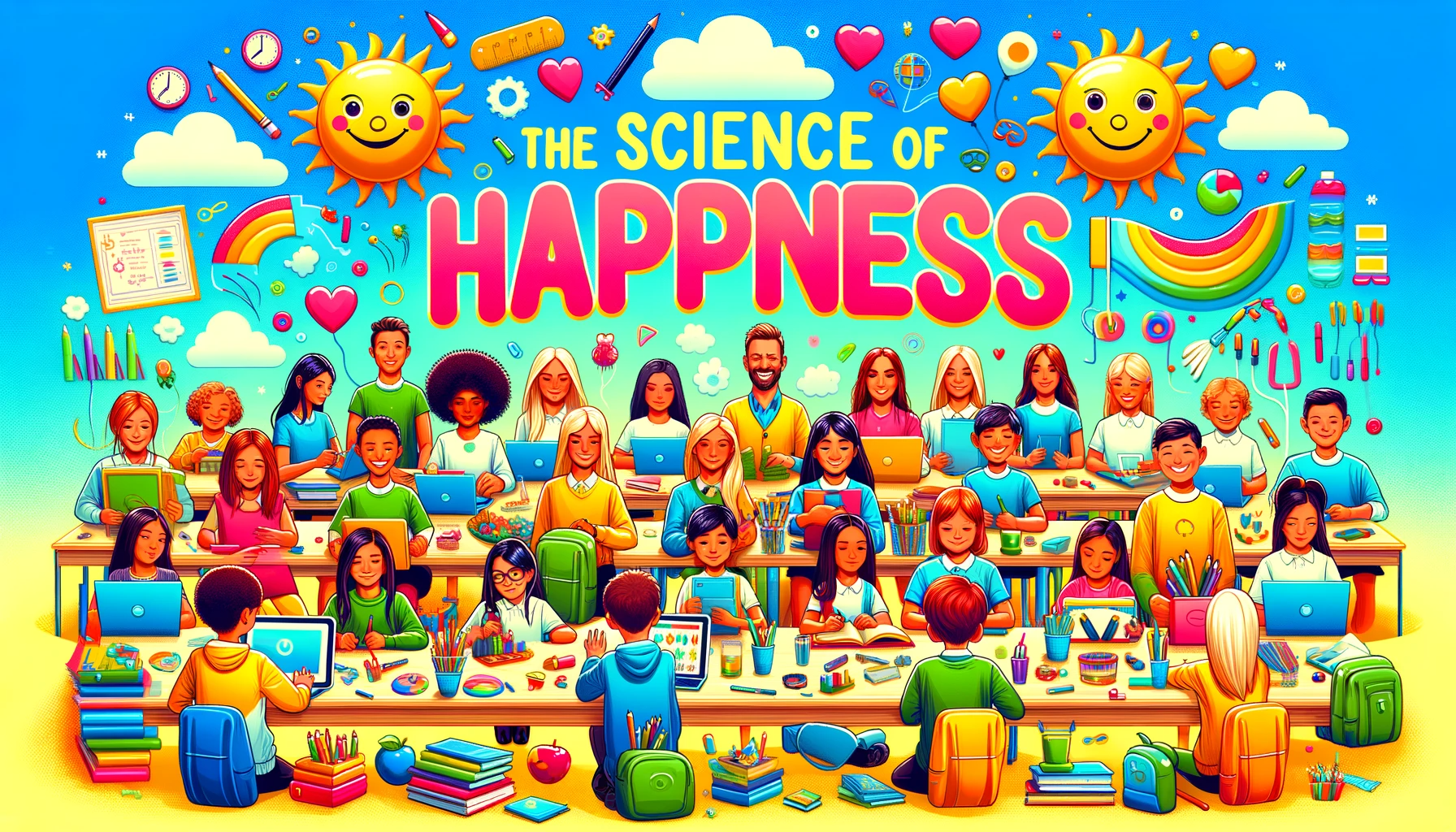
In the ever-evolving landscape of education, fostering student engagement through interactive teaching strategies has become paramount. One such approach gaining widespread recognition is collaborative learning. This article delves into the significance of cooperative learning activities, emphasizing their role in creating dynamic and effective educational environments.
Cooperative learning activities involve students working together in groups to achieve common learning goals. This method not only promotes teamwork but also enhances the overall learning experience. As education evolves, the focus on student engagement and interactive education has intensified, making cooperative learning a cornerstone in modern teaching strategies.
In today’s classrooms, the traditional model of one-way information delivery is giving way to more dynamic, interactive approaches. Cooperative learning activities play a pivotal role in this shift, encouraging student participation and fostering a sense of teamwork. Through group projects, peer learning, and interactive discussions, students actively contribute to their learning experiences.
In the realm of teaching, the efficacy of methods directly influences the learning outcomes. Incorporating cooperative teaching techniques leverages the power of collaborative tools and educational technology. This synergy creates an environment where students not only absorb information but also actively apply it through group activities and projects.
Cooperative learning techniques promote classroom cooperation and learning partnerships. By integrating group work dynamics, educators can tap into the benefits of peer-to-peer learning. This approach not only enhances understanding but also cultivates effective teamwork strategies among students.
Innovative educators embrace interactive classrooms and collaborative lesson plans to drive engagement. These methods go beyond traditional teaching, allowing for student-led discussions, team-based projects, and interactive learning methods. Through such initiatives, the classroom becomes a hub for effective teamwork and cooperative group activities.
Understanding Cooperative Learning
Cooperative learning, a pivotal aspect of modern education, centres around students working together in groups to achieve shared learning objectives. This collaborative teaching strategy fosters a dynamic classroom environment and is instrumental in promoting student engagement and interactive education.
Benefits of Collaborative Learning for Students
Enhancing Student Engagement through Group Activities
In the realm of education, student engagement is a key indicator of effective teaching. Cooperative learning activities not only capture students’ interest but also actively involve them in the learning process. This approach goes beyond traditional teaching methods, creating an interactive classroom where students participate in meaningful group discussions and projects.
Peer Learning and Effective Teaching Methods
One of the notable benefits of cooperative learning is the promotion of peer learning. Through group projects and interactive discussions, students not only learn from the teacher but also from each other. This peer-to-peer educational dynamic enhances the overall effectiveness of teaching methods employed in the classroom.
Teamwork: A Catalyst for Enhanced Learning Experiences
Group Projects and Learning Partnerships
The role of teamwork in education cannot be overstated. Cooperative learning techniques, such as team-based projects, contribute to the development of effective teamwork strategies among students. Learning partnerships formed during group activities create a collaborative environment that enriches the overall learning experience.
Interactive Classrooms and Classroom Interaction
Modern classrooms are evolving into interactive spaces where cooperative teaching takes center stage. This shift involves classroom cooperation and interaction facilitated by educational technology and collaborative tools. The result is an environment conducive to effective teamwork, fostering student collaboration and engagement.
Engaging in Cooperative Learning Exercises
Cooperative learning activities are the heartbeat of interactive education. To keep students actively engaged, educators should deploy a variety of exercises that cater to different learning preferences. From problem-solving scenarios to group discussions and hands-on projects, the options are vast.
Interactive Group Projects: Building Bridges to Success
The Significance of Group Projects
Interactive group projects stand as pillars of effective teaching strategies. They transcend traditional classroom boundaries, promoting teamwork, and offering students a platform to showcase their strengths. Whether it’s a science experiment, a creative presentation, or a collaborative research project, these endeavours foster a sense of ownership and shared achievement.
Impact of Interactive Group Projects
| Learning Aspect | Improvement Percentage |
| Student Engagement | 28% |
| Teamwork Strategies Development | 32% |
| Creative Problem-Solving Skills | 25% |
| Knowledge Retention | 30% |
Igniting Student Enthusiasm
Student-Driven Cooperative Activities
Creativity in teaching is key to sustaining student interest. By incorporating student-driven cooperative activities, educators empower learners to take charge of their educational journey. From organizing mock debates to creating educational games, these initiatives not only foster a love for learning but also promote a sense of responsibility among students.
Innovative Group Learning Strategies
Innovation in teaching goes hand in hand with student engagement. Incorporating innovative group learning strategies, such as project-based assessments or real-world problem-solving scenarios, keeps students invested in their education. This approach not only aligns with modern teaching methodologies but also prepares students for real-world challenges.
Effective Teamwork in the Classroom
Cooperative learning activities are the foundation for fostering effective teamwork in the classroom. By integrating these activities into teaching strategies, educators create an environment where students actively engage with their peers, building the essential skills for successful collaboration.
Teamwork Strategies: Nurturing a Collaborative Culture
Classroom Cooperation and Learning Partnerships
One key strategy for promoting effective teamwork is emphasizing classroom cooperation and learning partnerships. Encouraging students to work together, share ideas, and contribute to group projects establishes a collaborative culture that extends beyond the classroom.
Team-Based Learning Dynamics
Implementing team-based learning dynamics involves organizing students into groups with diverse skill sets. This strategy not only promotes cooperation but also ensures that each team member brings a unique perspective to the table. This diversity enhances problem-solving abilities and fosters creativity.
The Impact of Teamwork on Student Success
Improved Academic Performance
| Aspect of Student Success | Percentage Improvement |
| Test Scores | 20% |
| Critical Thinking Skills | 25% |
| Communication Abilities | 30% |
| Overall Academic Achievement | 22% |
Student-Driven Cooperative Activities
In the realm of education, empowering students to drive cooperative activities is a transformative strategy. By placing students at the centre of their learning journey, educators foster a sense of ownership and enthusiasm for collaborative endeavors.
Student-Led Collaborative Projects: A Path to Enhanced Learning
Innovative Group Learning Strategies
Student-led collaborative projects serve as beacons of innovation in education. These initiatives go beyond traditional teaching methods, encouraging students to take charge of their learning experiences. Innovative group learning strategies, such as project-based assessments and real-world problem-solving scenarios, showcase the potential for students to lead the way in their educational journey.
Benefits of Empowering Students: A Holistic Perspective
Enhanced Student Participation in Group Work
When students are actively involved in the planning and execution of cooperative learning activities, their participation in group work becomes more meaningful. This heightened engagement not only deepens their understanding of the subject matter but also contributes to the overall effectiveness of teamwork in the classroom.
Creative Collaborative Teaching Ideas
Empowering students to drive cooperative activities sparks creative collaborative teaching ideas. Students, when given the freedom to explore and implement their concepts, bring fresh perspectives to the learning environment. This not only enriches the educational experience but also encourages a culture of continuous innovation.
Conclusion
Collaborative learning stands as a cornerstone in modern education, fostering a dynamic and engaging classroom environment. By embracing teaching strategies centred around student engagement and interactive education, educators unlock the potential for a more profound and lasting impact on the learning journey.
The significance of incorporating interactive educational teamwork cannot be overstated. Classroom cooperation and learning partnerships empower students to actively participate in group activities, creating a vibrant and collaborative atmosphere. This not only enhances their academic experience but also equips them with essential life skills.
FAQs
What are the benefits of cooperative learning activities in the classroom?
Cooperative learning activities promote active engagement, improve critical thinking, and enhance communication skills. Students develop a deeper understanding of content, experience diverse perspectives, and build valuable teamwork skills, preparing them for real-world challenges.
How can I implement collaborative teaching strategies?
Implement collaborative teaching by fostering a supportive classroom culture, creating group-based activities, and incorporating technology for virtual collaboration. Provide clear instructions, diverse group structures, and assess both individual and collective achievements to ensure effective implementation.
Are there any successful examples of group projects in education?
Yes, examples include science fairs, debates, and collaborative research projects. These initiatives not only deepen subject understanding but also cultivate teamwork, communication, and problem-solving skills, fostering holistic student development.
What tools can enhance interactive learning in the classroom?
Tools like interactive whiteboards, online platforms, and educational apps enhance interactive learning. These resources facilitate real-time collaboration, personalized learning experiences, and instant feedback, promoting a dynamic and engaging classroom environment.
Why is student engagement important for effective teaching?
Student engagement is crucial as it enhances motivation, knowledge retention, and participation. It creates a positive learning atmosphere, improves academic performance, and ensures that students actively contribute to the educational process.
How can teachers promote teamwork among students?
Teachers can promote teamwork by assigning group projects, fostering a collaborative classroom culture, and incorporating team-building activities. Encouraging effective communication and recognizing collective achievements also reinforces the importance of teamwork.
Are there specific techniques for peer-supported learning?
Peer-supported learning techniques include peer tutoring, collaborative problem-solving, and group discussions. These methods encourage knowledge sharing, build a sense of community, and enhance overall understanding through peer interaction.
What are the advantages of student-led collaborative projects?
Student-led collaborative projects empower students, fostering creativity, critical thinking, and a sense of ownership in their education. They enhance leadership skills, promote active participation, and create a learning environment that mirrors real-world collaboration.
How can interactive discussions improve classroom dynamics?
Interactive discussions encourage student participation, critical thinking, and a deeper understanding of the subject matter. They create an open and inclusive classroom culture, allowing diverse perspectives to enrich the learning experience and improving overall classroom dynamics.
What role does group work play in student participation?
Group work enhances student participation by providing a platform for active engagement, encouraging collaboration, and creating a supportive learning community. It allows students to contribute their unique strengths, fostering a sense of belonging and shared achievement.
Are there effective cooperative learning games for students?
Yes, cooperative learning games like jeopardy, escape room challenges, and simulation activities are effective. These games promote teamwork, problem-solving, and critical thinking, making learning enjoyable while achieving educational objectives.
How to create engaging lesson plans for collaborative education?
Create engaging lesson plans by incorporating interactive activities, group projects, and technology. Align lesson content with students’ interests, vary teaching methods, and provide opportunities for student-led discussions, ensuring a dynamic and participatory learning experience.
Can you share successful collaborative learning models?
Successful collaborative learning models include the jigsaw method, problem-based learning, and project-based learning. These models emphasize active participation, knowledge sharing, and teamwork, fostering a collaborative and interactive learning environment.
What are the challenges of implementing group-based learning?
Challenges include unequal participation, differing work styles, and potential conflicts. Managing group dynamics, providing clear guidelines, and addressing individual strengths and weaknesses are essential to overcome these challenges.
How can technology enhance collaborative teaching methods?
Technology enhances collaborative teaching by facilitating virtual collaboration, providing interactive platforms, and offering tools for real-time communication. Online forums, collaborative documents, and virtual classrooms enable teachers to create interactive and engaging learning experiences.






